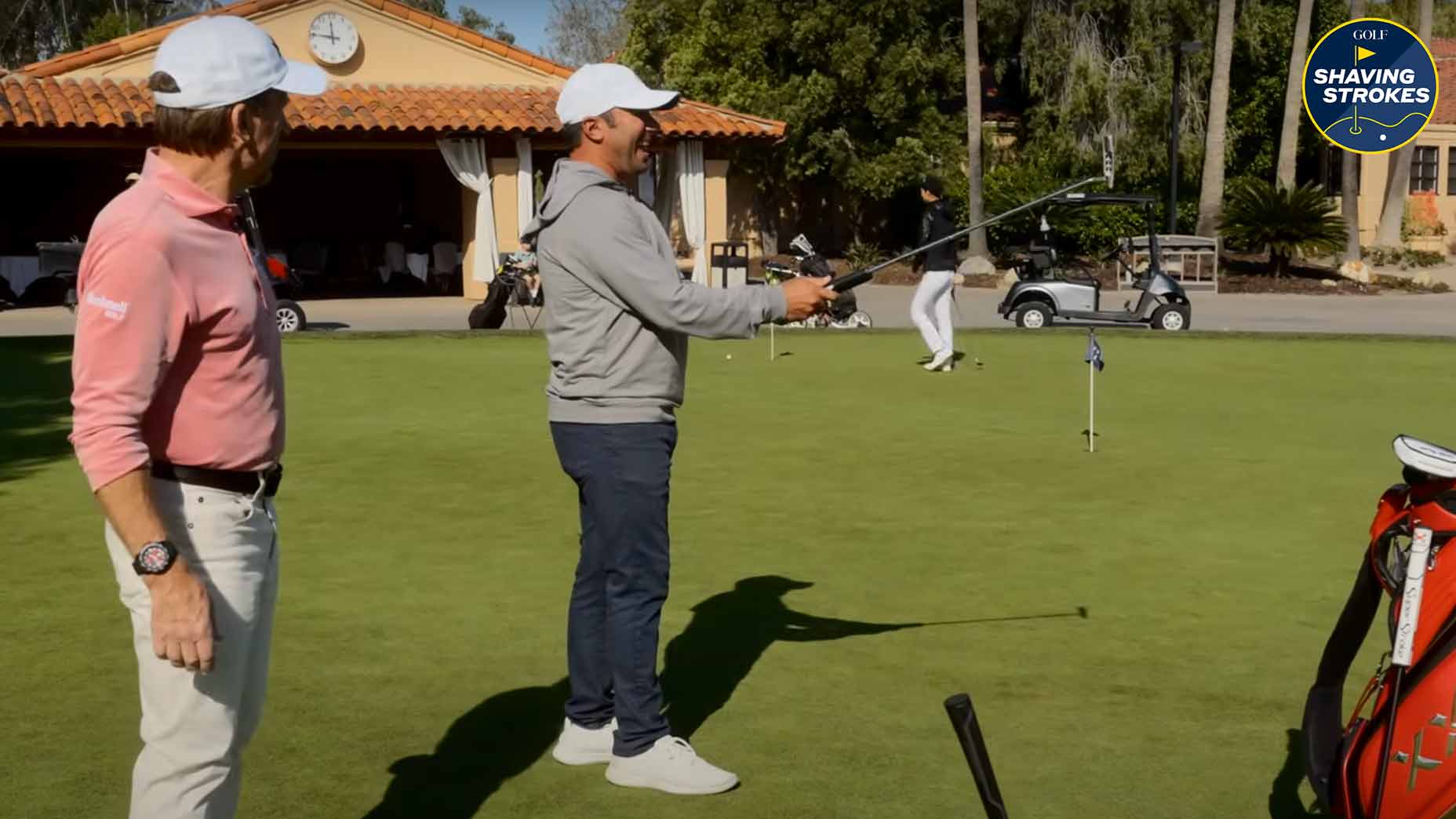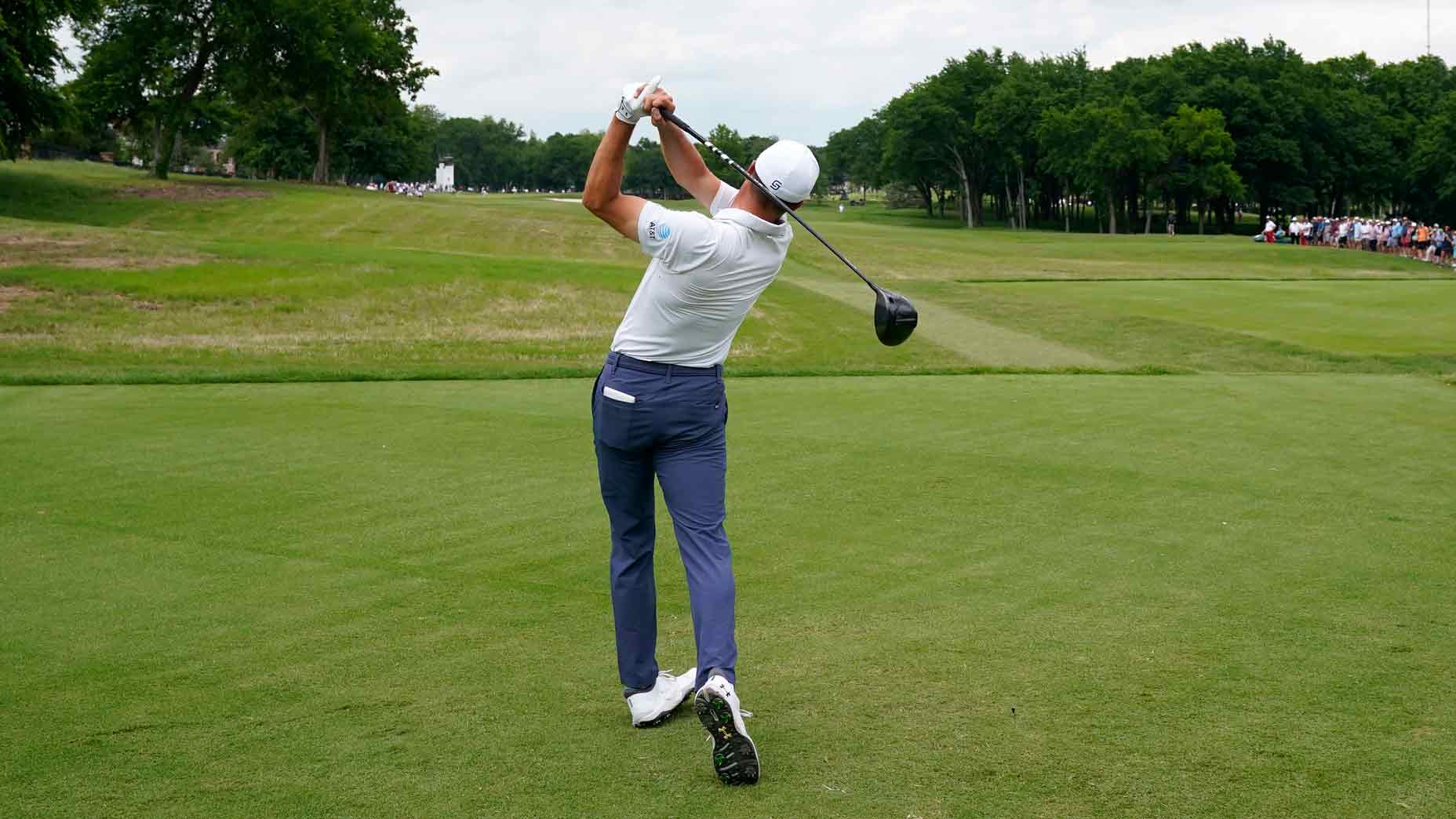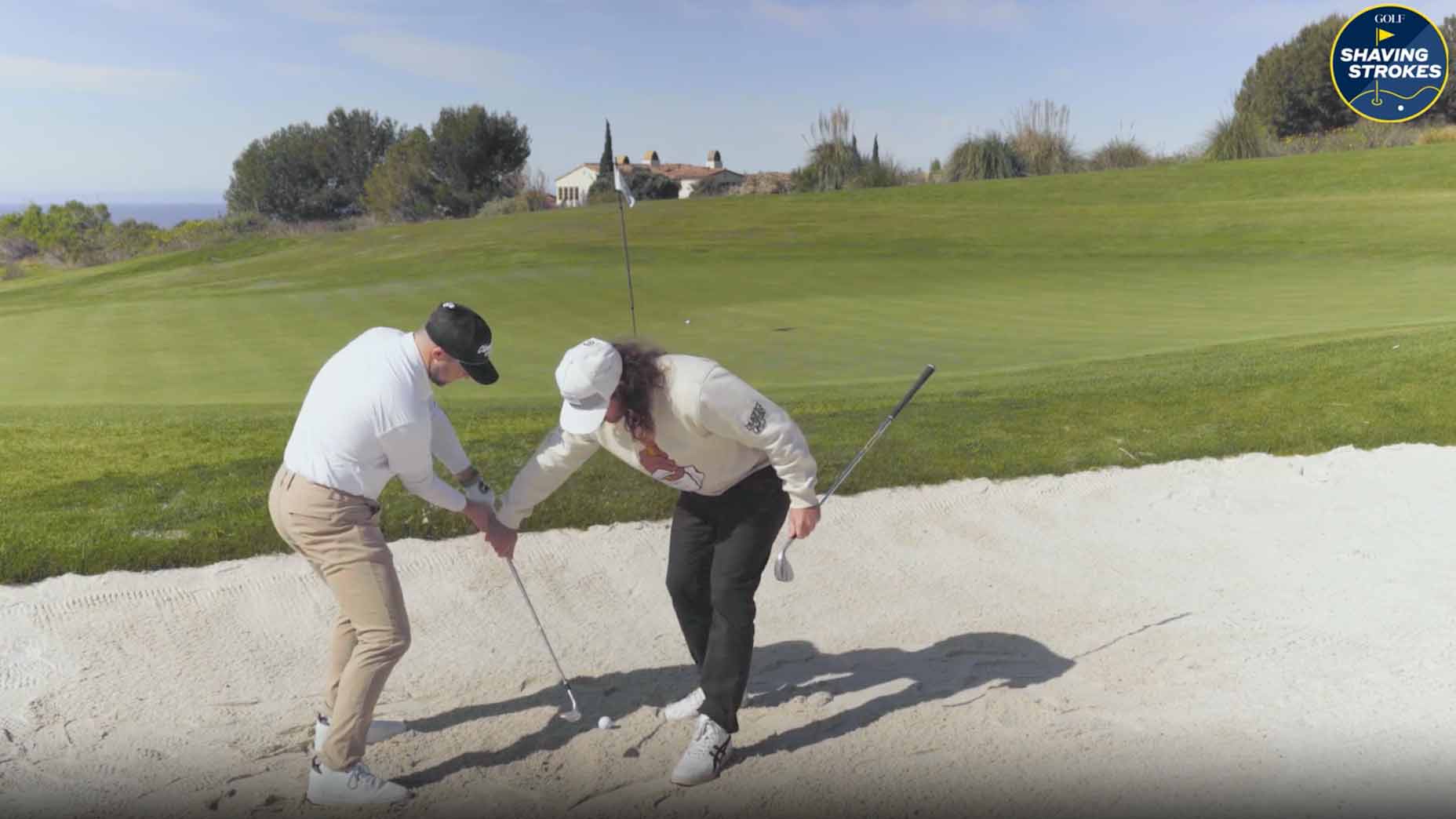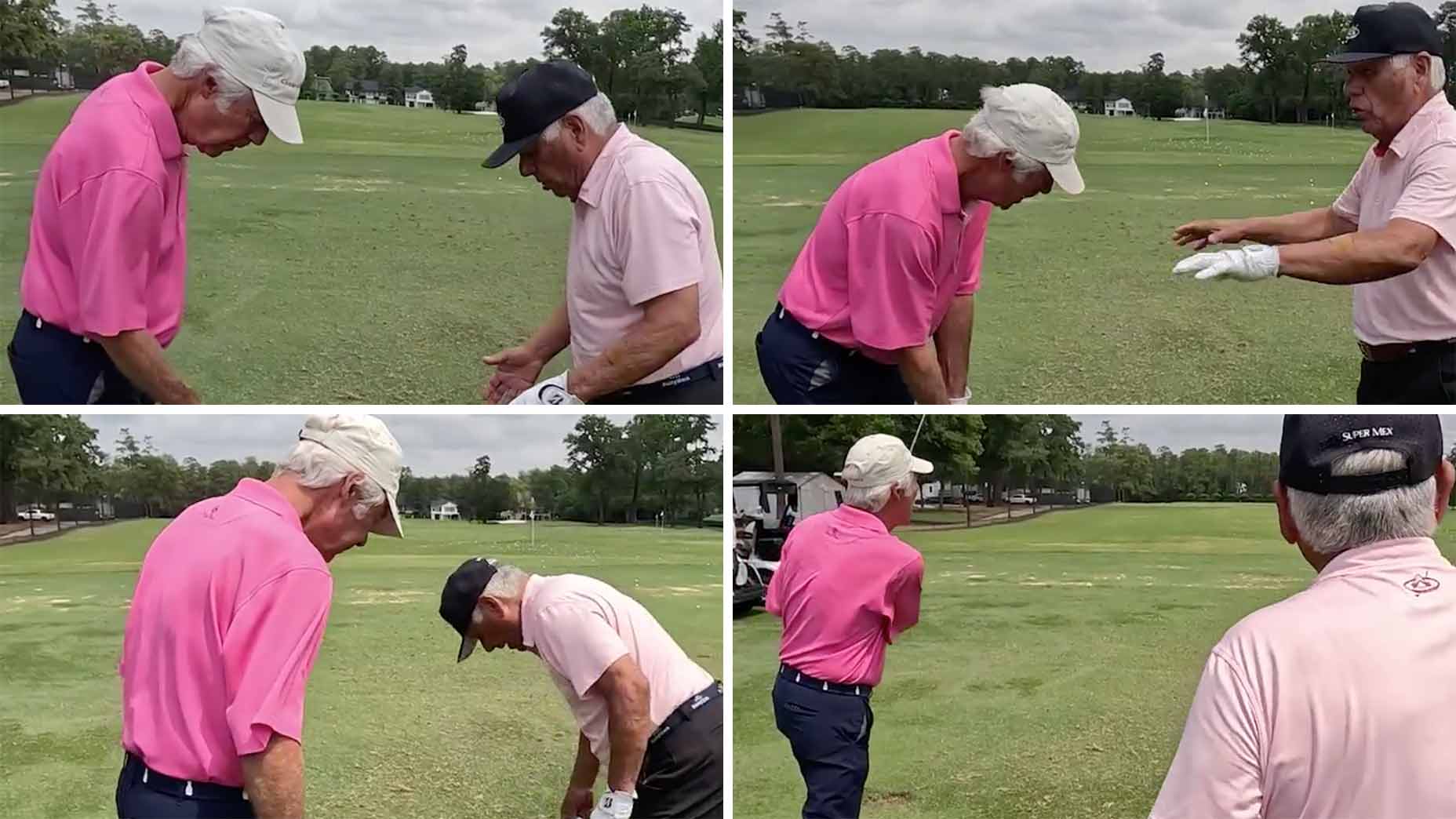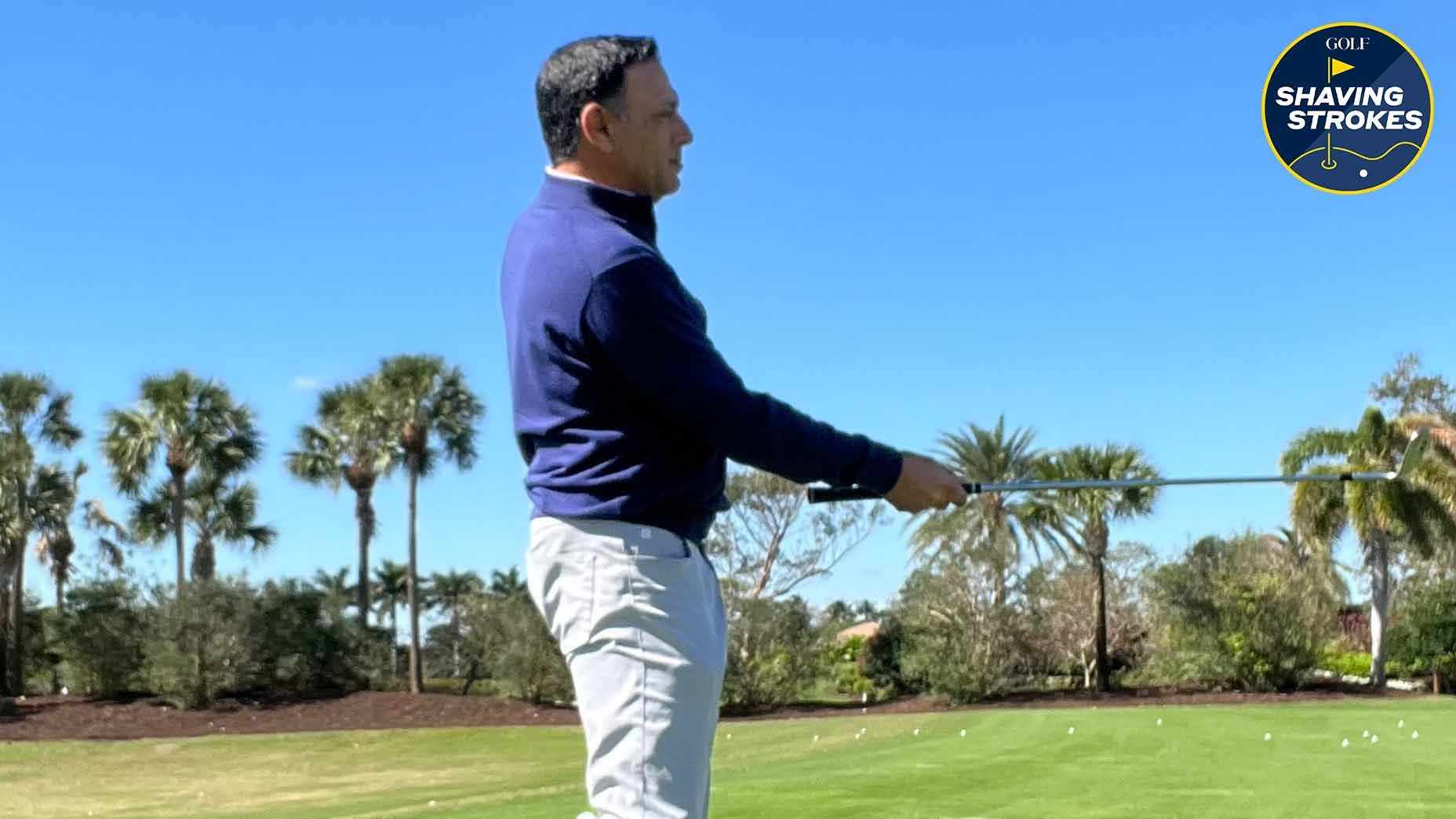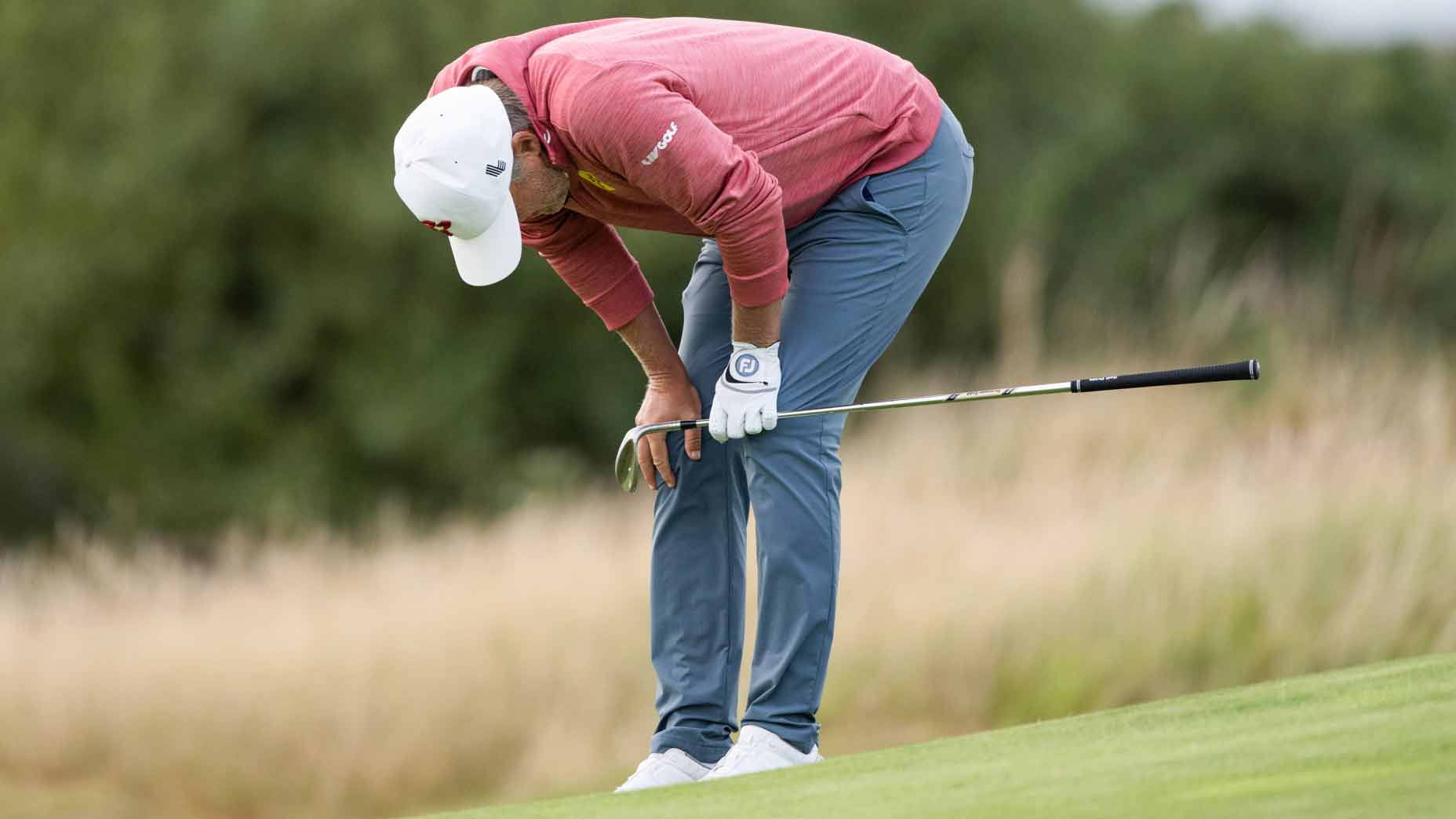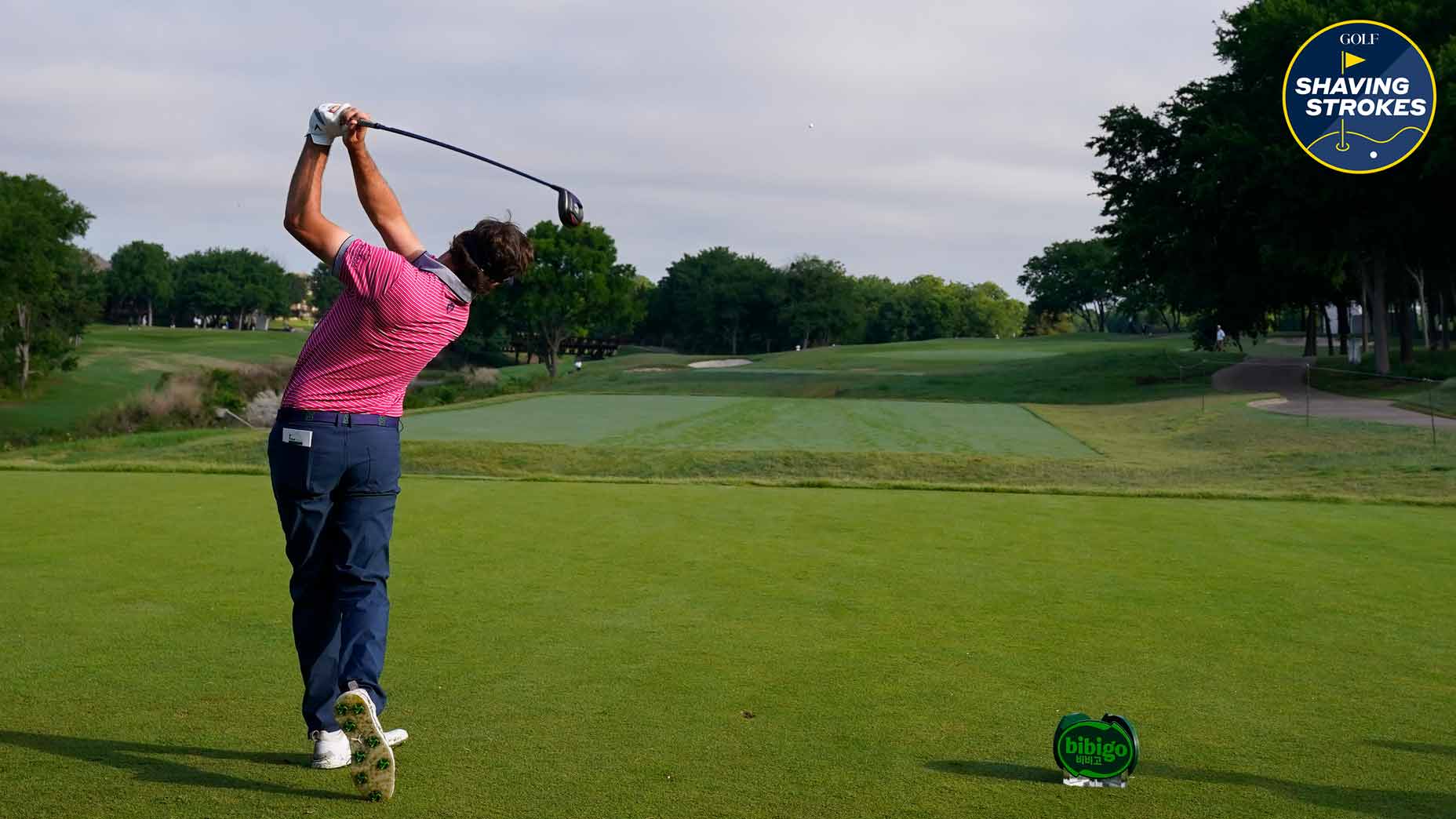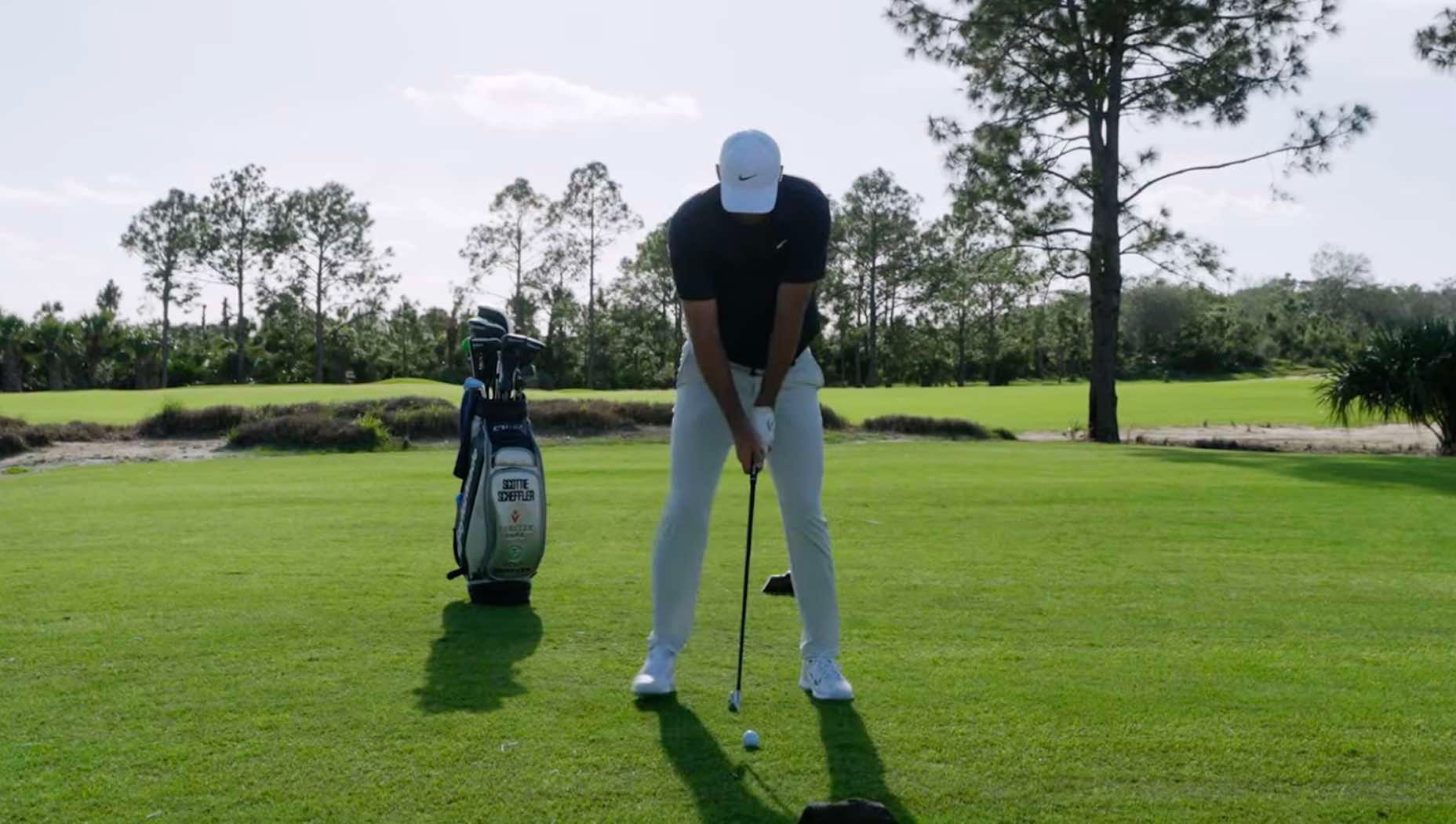10 ways to stop shanking the ball
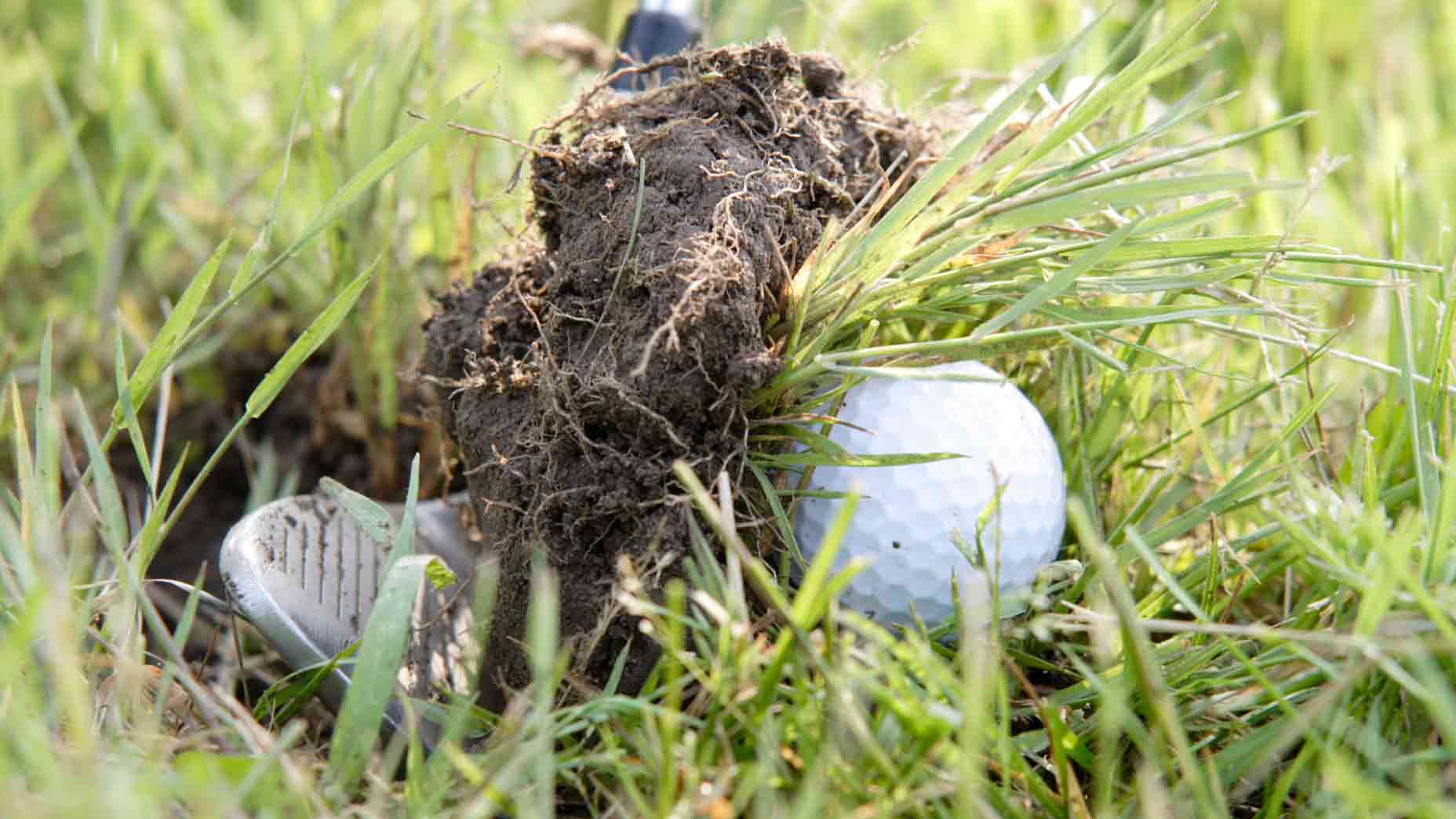
Can't stop shanking? Use these quick-fix tips to improve your ball-striking.
Getty Images
Every golfer has experienced shanking the ball before — and each one will tell you that it’s never a fun miss.
It’s all the more frustrating when you don’t have an answer for shanking, which can lead to doing it more frequently throughout the round because you have no solution to the problem. As my fellow GOLF Top 100 Teacher Jeff Warne says, “shanks cause shanks.”
Due to the tension and reaction a shanked shot causes, I agree with Jeff.
But you can avoid shanking the golf ball with the proper fundamentals and practice techniques, saving you from the frustrating shots once and for all. I provide 10 ways to do so below.
How to stop shanking golf shots
If you’ve ever had the shanks, you absolutely can get rid of them. Once you determine your best path to success, be sure to focus on your routine and the proper techniques, which will help you hit better shots. Here’s how to do so.
1. Proper posture and spacing
Many shanks that I see come from having poor posture and being too crowded relative to the arms and the body. Arms that are too crowded tend to seek space, and when the arms go out, it can often shove the hosel into the ball.
I prefer golf posture to be bent forward, leaving the arms to hang with the hands below the shoulders. With this consistent spacing between your hands and thighs, it’s much easier for the ball to find the clubface.
2. Address the ball on the face properly
Many shanks are often caused when the golfer sets the ball in the hosel to start. When a golfer does this, they often don’t even realize it.
Instead, make sure you place the ball in the center of your clubface and walk behind it, ensuring you’ve got the right line. This will help make sure that the ball is addressed properly in the center of the face and avoiding the heel.
3. Use a neutral clubface
Whether you excessively open or close your clubface at impact, one thing is certain: It will lead to inefficient and inconsistent results.
This is why it’s crucial to use a neutral clubface.
You’ll know if your clubface isn’t neutral if the face is twisted or if there’s a grip issue. Should your golf ball curve too much one way or the other, this is a sign that your face is not neutral.
4. Correct your over-the-top swing
If your clubface is open, the ball will tend to slice. Without correcting the issue, you may find yourself swinging over-the-top to try and compensate. Don’t do this.
In many cases, this will cause the ball to hit the toe of the club. But due to the fact that the hosel is swiping across the back of the ball, it can also cause a shank.
I would suggest you first fix the face, which could be a simple grip adjustment to start.
Once you accomplish having a more square face, even if you have this same over-the-top path, you would pull the ball rather than slice it.
5. Correct your in-to-out swing
A clubface that’s closed will often produce a pull or a hook. Without making the proper correction, it can lead to swinging too in-to-out. This swing path will tend to shove the hosel into the ball at impact, as the clubface attempts to hold off the closing face.
Once again, I would suggest you first fix the face with a grip adjustment. Once you have a more square clubface, this compensating swing path that is excessively in-to-out will no longer be necessary.
6. Adjust your swing path
After fixing any clubface issues, whether it was open or closed, you’ll now need to adjust your swing path.
Using an alignment stick (which is available here) can help you improve your incorrect path.
Simply place the alignment aid on the outside of the ball. This will very quickly help you feel the proper path to match a neutral clubface, keeping the ball off the hosel. This can help any golfer who shanks the ball.
7. Allow the lead elbow to fold
In general, the lead elbow should relax, fold, and point down on the forward swing. This will help produce a more square clubface, and avoid exposing the hosel to the ball.
One of my favorite drills to help get rid of any tension is a split-hand drill, where you split your hands 4-6 inches apart on the grip of the club. By doing this, the clubhead doesn’t need to be near the ground.
This will allow the clubface to square and close, leading to better contact overall. This drill also helps any player who experiences slices.
8. Use a hybrid or fairway wood when possible
The beauty of both a hybrid and a fairway wood is that they don’t have a hosel that can cause a shank. So if you tend to shank the ball, these clubs can become your best friends.
While neither club may always result in a perfect shot, when you do hit the ball off the heel, it’s much more likely to be less destructive.
Fixing the bigger problem is always my first recommendation. But, in the meantime, using a hybrid or fairway wood is a good short-term tactic.
9. Avoid opening the clubface for pitch or bunker shots
When you open the clubface with one of your wedges for higher ball height on shorter shots, it can increase the risk of hitting the hosel with the ball. If this applies to you, it may be best to purchase a more lofted wedge (like this 60-degree option from Ping).
This will help you keep the club more square, rather than feeling the need to open the face — thus increasing the risk of a shank.
10. Underarms
Allowing your underarms to stay closer to your body as you swing will avoid the arms and clubhead from going out and away.
Assuming your set up is reasonable, by keeping your underarms relatively close to your body as you swing your arms back and through, your swing shape will be more circular. This will make it much less likely to hit the heel of the club — which can cause a shank.
Divot Board
$99.99
View Product



